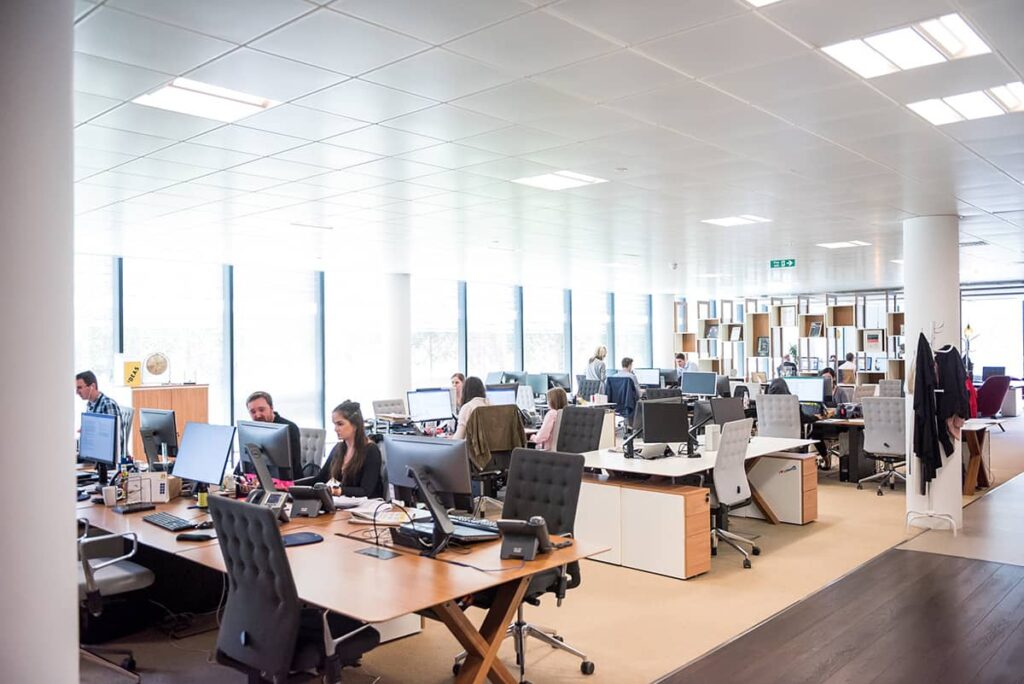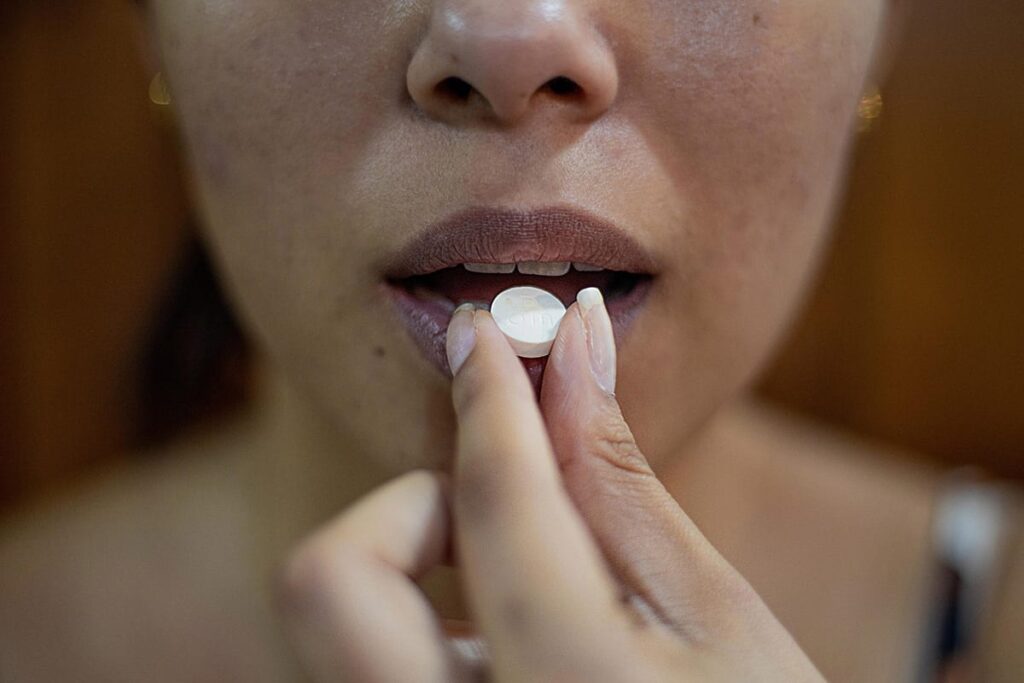
A Christmas special with a trippy twist – The Psychedelic origins of Santa Claus!
Who was Santa Claus? Many of us will say with great confidence that Santa Claus is a legend of a man who brings gifts to
Microdosing and Silicon Valley? Those unfamiliar with microdosing may find that the term conjures up images of mushroom-munching hippies with long hair. However, microdosing has become an important tool for boosting performance and creativity in many professional pursuits.
The architects of Silicon Valley might be the polar opposite of the typical groups associated with psychedelics: highly intelligent technomancers with thick-rimmed glasses; hiding from the sun behind closed blinds, and living in a world illuminated mostly by computer screens.
While these techno geniuses might not often be associated with psychedelics like LSD, they are nonetheless making good use of microdosing.
If you’ve heard of Silicon Valley but you’re not exactly sure what it is, you’re not alone.
Silicon Valley is the name of a region in Southern San Francisco that has given birth to a number of the largest and most widespread tech companies in the world, such as Apple, Facebook, and Google.
![]()
While Silicon Valley is an actual location, some people have begun using the term to describe any sort of employment in the information technology sector.
Microdosing involves the use of sub-threshold doses of substances, usually psychedelics, to provide benefits like improved creativity and productivity. Sub-threshold means below the typical dose that would produce intoxicating or hallucinogenic effects.
Microdosing has become incredibly popular in all manner of different areas. Recreationally and therapeutically, microdosing is able to help people manage issues like anxiety and depression.
It can help to improve sociability and motivation without causing any of the downsides of getting high.
Microdosing in workplaces has become increasingly popular in recent years. Microdosing doesn’t just have therapeutic benefits, it can be useful for helping people ramp up their productivity at work.
The microdose Silicon Valley trend might be more than just a trend. It’s undoubtedly going to remain embedded in the culture.
Trends only tend to fade and die out when researchers or users begin to recognize that they’re not actually getting any benefits.
As far as psychedelics are concerned, this is simply not going to happen.
Psychedelics are notable for their ability to provide a number of benefits that can be very useful for people in Silicon Valley.
Programmers, developers, writers, coders, and any other worker who takes their pay from information technology and computers could take advantage of these benefits.
The benefits of such seemingly absurd notions like using magic mushrooms in Silicon Valley can last from one to several days, with some people reporting benefits lasting weeks or months.
A commonly reported dosing schedule involves taking a microdose once every three or four days. The most obvious effects are apparent during the first day, with residual improvements slowly declining over the course of the next two or three days.
Microdosing every three or four days is also enough to avoid the onset of tolerance. Tolerance develops as your body becomes resistant to a drug or supplement and thus requires more to experience the same effects.
Tolerance is one of the main factors that indicate addiction. It should be avoided at all costs.

The only reason that people question the safety or ethical nature of microdosing at work is due to the stigma associated with psychedelics. Objectively, microdosing is safe, reliable, and consistent.
The dosage supplied in the microdose range is considered sub-threshold. In other words, it’s below the threshold that would cause you to experience any effects that might be considered intoxicating.
At these low dosage ranges, users can enjoy some of the therapeutic benefits of psychedelics without any of the intoxicating effects. The risk of side effects is extremely low.
The most likely issue that one might experience would be an allergic reaction, and this is no more of a risk than one might face from trying out a new type of tea or herbal supplement.
Microdoses of most common substances, such as LSD or psilocybin, are within the range of 10-20 micrograms. A standard psychedelic dose for recreational purposes is closer to 100-200 micrograms.
The result of this is that microdoses are generally very safe and extremely unlike to produce a typical ‘bad trip,’ because they don’t produce any trip whatsoever.
However, the risk of accidentally ingesting a full ‘breakthrough’ dose is very real if you’re not following strict precautions to ensure you’re using specific amounts.
Microdosing can also increase the risk of neuroticism: an increase in emotions, both positive and negative. If you’re already depressed, microdosing might make it worse, although most users report the opposite.
Microdosing may also increase the risk of mania in extremely rare cases. However, the number of reports attributing depression or mania to microdosing is extremely small and users likely had pre-existing mental conditions.
People opposed to microdosing often cite the lack of permanent benefits as a reason to write off the practice. However, microdosing was never supposed to create permanent benefits. In fact, most researchers and professionals would suggest that anything causing permanent changes in the brain is best avoided.
The need for weekly or twice-weekly redosing is actually one of the many benefits of microdosing.
If you decide that the benefits are no longer necessary then you can stop microdosing and return to baseline. You also won’t have to worry about making any permanent, unwanted changes if you have a bad reaction.
One of the major issues faced by scientists interested in researching the effects of microdosing is the highly subjective nature of the experience.
Furthermore, the legal issues surrounding some psychedelic compounds have made it more difficult to evaluate these effects in studies.
The general consensus from microdosers is that these substances can produce significant improvements in creativity, focus, and emotional health. However, most of these reports are from users themselves who have taken the psychedelics and were expecting some improvement.
This can result in what scientists have termed the placebo effect: an actual physical or biological change that leads to tangible results, proceeding solely from the belief that something is going to produce changes.
The placebo effect is often used as a control in studies where half of the subjects are given sugar pills (placebo pills) and the other half are given the compound being studied.

More often than not, significant numbers of people in the placebo group will report changes and improvements despite being given biologically inactive compounds.
Of the very few studies that have been done on psychedelic microdosing, results seem to indicate that there is no discernible difference between microdoses and placebos. However, on almost all self-reported surveys and studies, users report significant improvements in the areas of creativity, productivity, and mental stability.
The thought of using LSD or magic mushrooms in Silicon Valley might seem crazy to some, but there’s a lot of anecdotal evidence that suggests this practice is healthy and effective.
Known as microdosing, taking sub-threshold doses of psychedelic substances can boost performance, creativity, and productivity.
Microdosing remains very popular in Silicon Valley and has also become a staple in a number of other industries. If you’re interested in the potential benefits of microdosing then don’t hesitate to give it a shot. Just remember to be cautious and safe.

Who was Santa Claus? Many of us will say with great confidence that Santa Claus is a legend of a man who brings gifts to

DISCLAIMER: Do not microdose if you are pregnant, breastfeeding, or are on any other medication. Not all heroes wear capes and moms are no exceptions!

Neuroplasticity – the brain’s ability to rewire and restructure itself. When your brain’s neuroplastic capabilities are strong, it promotes your brain’s physical ability for adaption

The controlled and responsible use of psychedelic substances can lead to incredibly beneficial and highly rewarding experiences. Unfortunately, the true nature of many exceptional natural

Microdosing retreats around the globe vary from country to country. While there are undoubtedly some sketchy retreats, finding bad reviews or questionable-looking websites helps you

Psilocybin has gone from a mind-bending 1960s drug that was swept under the rug for decades, to its place today as a respected and promising
GET 10% DISCOUNT WITH NOTIFIED ABOUT THE LATEST NEWS AND UPDATES. NO SPAM, WE PROMISE!
FREE Tracked shipping on orders over €250 to EU countries.
Monday- Friday 8.30am- 5pm (CET)
A range of options available
Guaranteed delivery or your money back